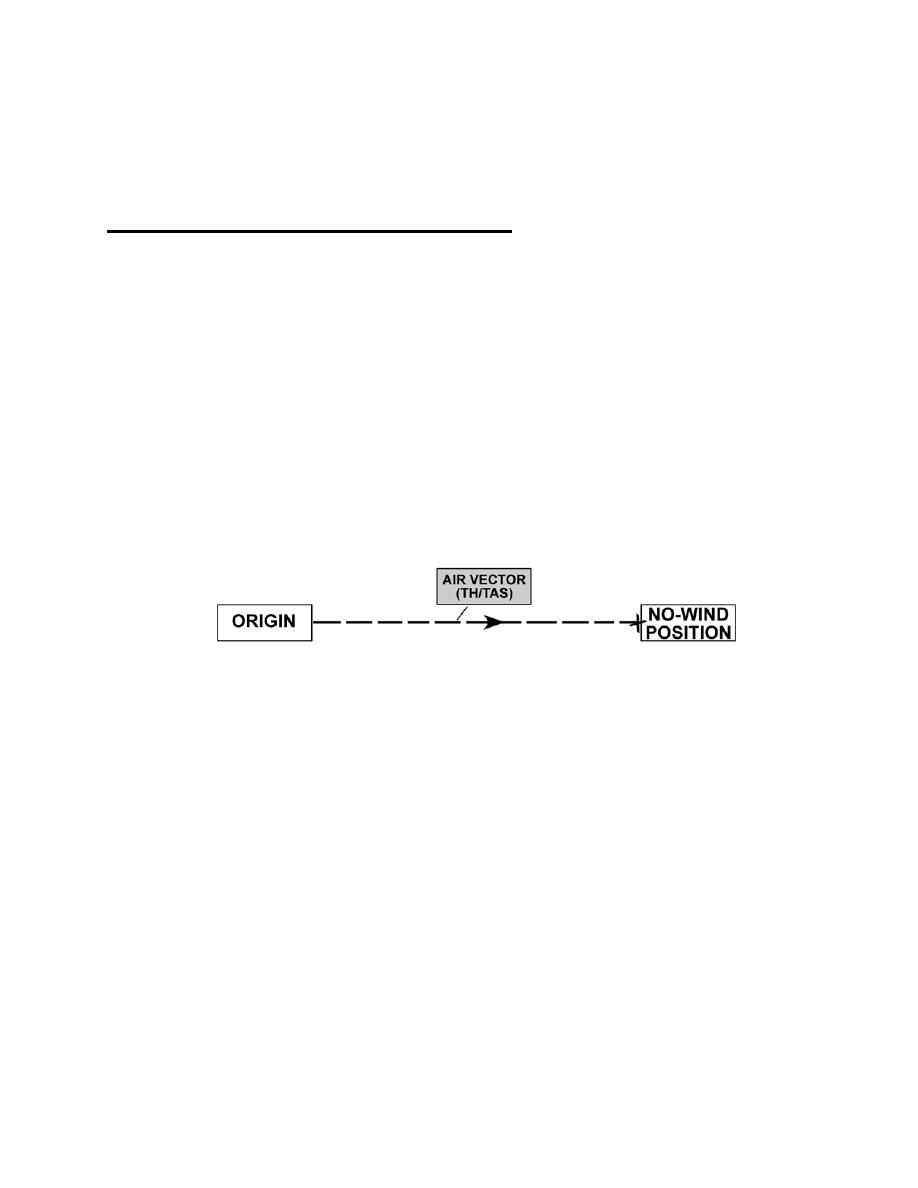 |
|||
|
|
|||
|
Page Title:
Vector Analysis and the Wind Triangle |
|
||
| ||||||||||
|
|  It is clear that when the movement of the air mass is parallel to the flight path, simple
addition or subtraction of the wind can determine the speed over the ground. However, if
the movement of the air mass is at an angle to the flight path, as it usually is, vector
addition must be used to determine the movement over the ground.
VECTOR ANALYSIS AND THE WIND TRIANGLE
A vector possesses both direction and magnitude (or speed for our purpose). Vectors can
represent wind movement and aircraft movement through the air and over the ground.
Three vectors comprise the Wind Triangle or, as it is sometimes called, the Navigation
Triangle. The three vectors of the Wind Triangle are the:
AIR VECTOR -
the aircraft's direction and speed represented by True Heading
(TH) and True Airspeed (TAS).
GROUND VECTOR -
the aircraft's intended or actual flight path (True Course or
Track) and Groundspeed (GS).
WIND VECTOR -
the wind's Direction (DIR) and Velocity (VEL).
The AIR VECTOR (TH and TAS) is displayed as in Figure 4.5-5.
Figure 4.5-5
Adding the WIND VECTOR (Direction and Velocity) to the AIR Vector would look like figure
4.5-6.
4.6-112
|
|
Privacy Statement - Press Release - Copyright Information. - Contact Us |